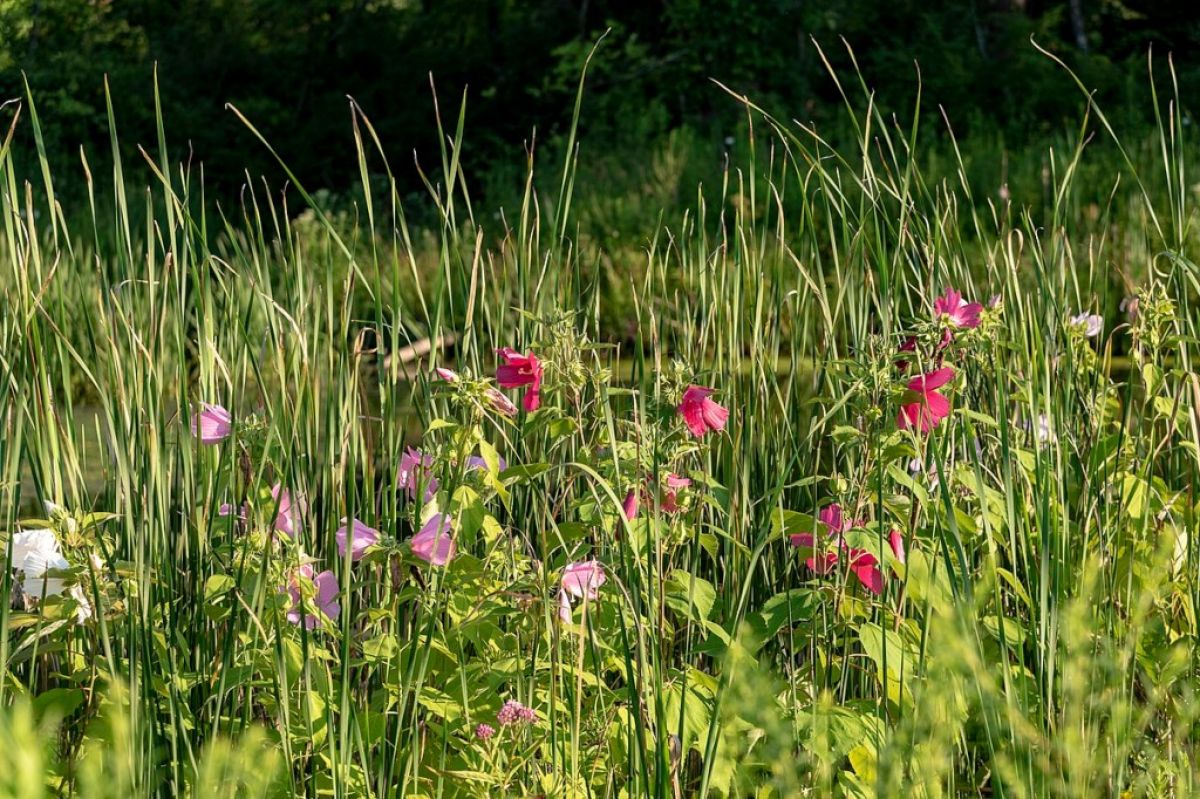Native plants are important to preserve native wildlife and the ecology of our landscape, but some natives will suit our particular climate and garden space better than others.
No matter how worthy a perennial may be, if it doesn’t like the conditions in a particular garden, there is no point in trying to grow it. In my Mid-western garden, I need perennials that can endure through the frequent rains and late cold snaps each spring, the extreme summer heat and drought, and winters where temperatures go below zero. I also have rabbits and deer like many of you, so perennials need to be tough.
If you have space for it, you may enjoy blue mist flower, which is a tall plant with a flower that looks like ageratum. It is blue and pretty, but the plant is one of the most vigorous spreaders I have ever grown.
I can grow the better-behaved celandine poppy, swamp mallow, Oenothera fruticosa (a yellow sundrop that blooms in May), and lots of bee balm.
Fall is lovely with lots of blue and pink native asters, as well as the white wood aster, which is dainty but also a vigorous spreader that will take over a bed—but like baby’s breath, the flowers add charm to any bouquet.
Of course, our native wildflowers like jack in the pulpit, blue flag iris, great blue lobelia, queen of the prairie, Virginia bluebells, fire pinks, Joe Pye weed, butterfly weed, milkweed (for the monarch butterflies), great blue lobelia and queen of the prairie are excellent choices in Midwestern gardens.
This is Moya Andrews, and today we focused on native perennials.










